The El Clásico Paisa between Independiente Medellín and Atlético Nacional ignites the hearts of Colombian football fans with an unparalleled fervour and intensity. Embedded in the vibrant fabric of Medellín, this rivalry transcends mere competition, embodying a deep-seated passion that resonates through generations. Each match becomes a spectacle of raw emotion and unwavering loyalty as the two titans of Colombian football clash for supremacy. The rivalry’s roots run deep, stemming from historical, cultural, and regional pride, fuelling an unrelenting desire to triumph over the other. Whether it’s the pulsating atmosphere in the stadium or the fervent chants echoing through the city streets, the El Clásico Paisa epitomises the essence of football rivalry, showcasing the undying spirit of competition and the unbreakable bond between club and supporter.
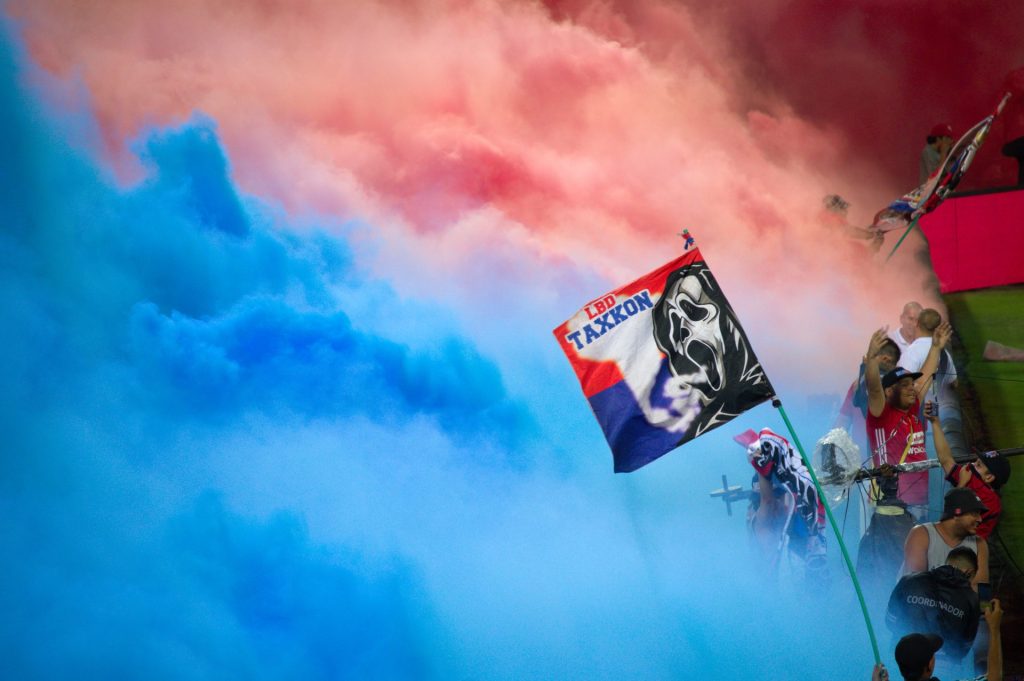
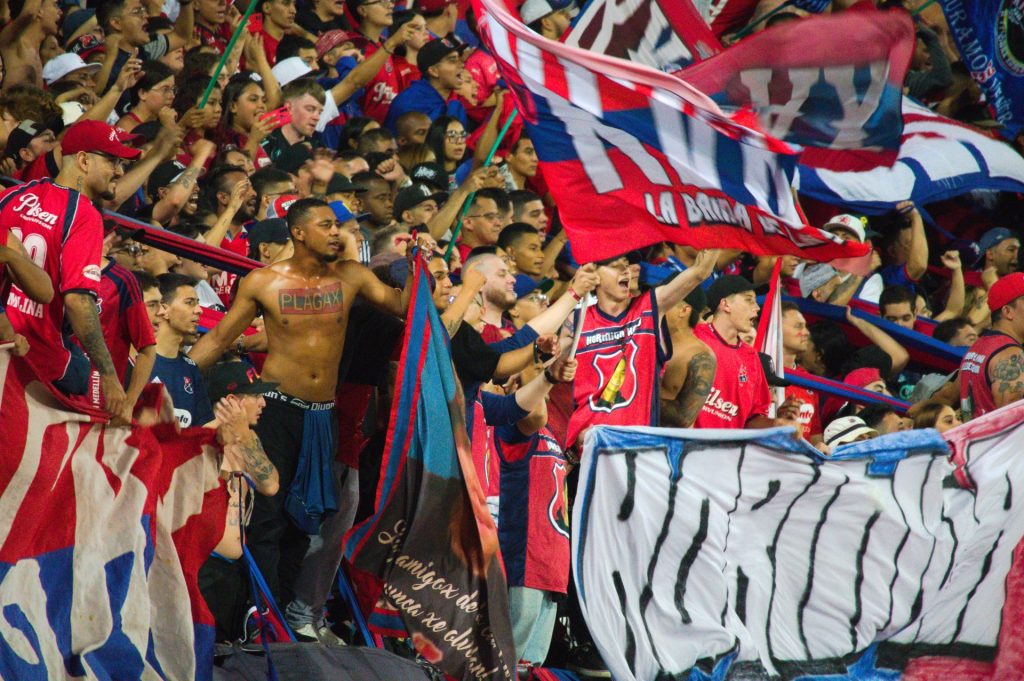
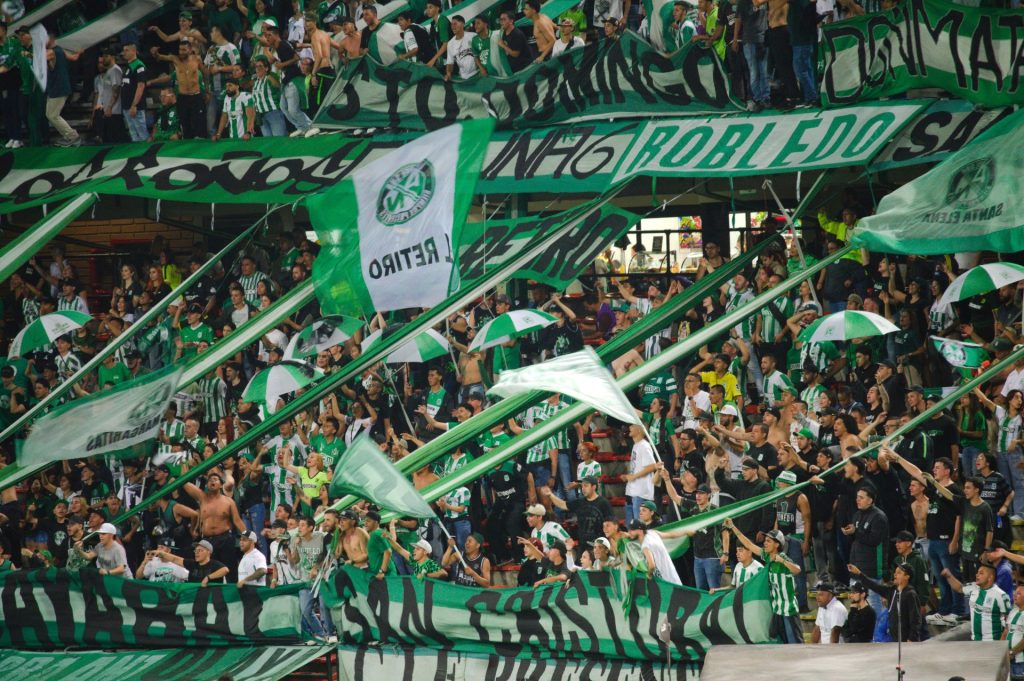
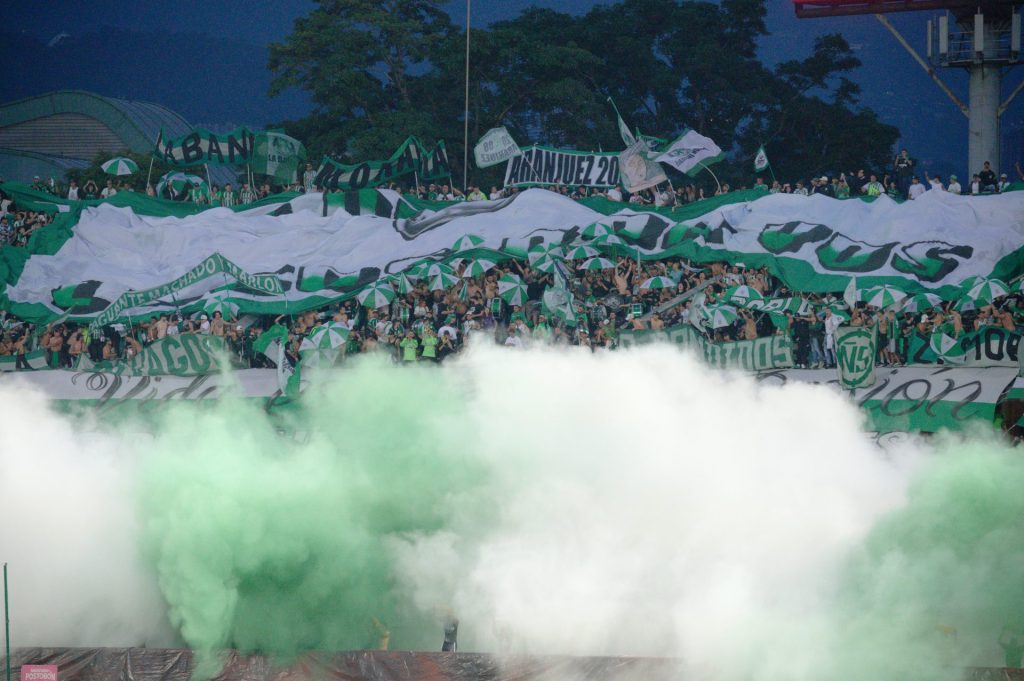
Football travel writer and photographer Hugo Saye graced the recent clash at the Estadio Atanasio Girardot – the ≈ 45,000 capacity stadium shared by both clubs, capturing both the essence and intensity of the El Clásico Paisa through his evocative words and captivating photography. Immersed in the electrifying atmosphere of the stadium, Saye’s keen eye for detail and profound understanding of the game allowed him to encapsulate every moment of the rivalry’s unfolding drama.
Independiente Medellín 2-2 Atlético Nacional, Estadio Atanasio Girardot – Medellín, Colombia. 22.04.24.
Words and photographs | Hugo Saye
There aren’t many cities in the world more in need of an image overhaul than Medellín did in the 1990s. As Narcos showed in brutal detail, Medellín was the heartbeat of an era when drug cartels effectively ran Colombia, and ruthlessly waged war on its streets.
Things are very different now, but it’s an epoch that still haunts Colombia. Medellín today is a modern city, sprawling through the gaps between mountains, where a thriving professional class fills every type of bar and restaurant you can imagine. But it still only takes minutes after stepping off the bus before a taxi driver is talking to me about the most notorious drug kingpin of all, Pablo Escobar.
Escobar is long dead, and the cartels are long gone, and yet on the day of the Medellín derby match, the streets are still unsettled. Tens of thousands are marching against the president – a huge number wearing Colombia football shirts to express their national identity – mirroring similar protests happening across the country. Previous protests have turned violent, even with some deaths reported in clashes with police.
Against this backdrop, Medellín’s two teams, Independiente Medellín and Atlético Nacional meet in El Clásico Paisa. I arrive early and the streets outside the stadium are already packed. I’ve been hearing exploding firecrackers from my hostel in the barrio of Laureles for at least an hour already.
The crowds start cheering and the team bus comes up the road, past the busy bars, and fireworks and smoke are set off in greeting. Once it’s passed, I walk on to see how the fans are preparing for the game. I turn down a side street where someone is setting off fireworks, lighting them and releasing them from his hand. One shoots straight into some cables overhead and crashes back down into the street, sending people scattering for cover. Luckily, the fall seems to have killed it.
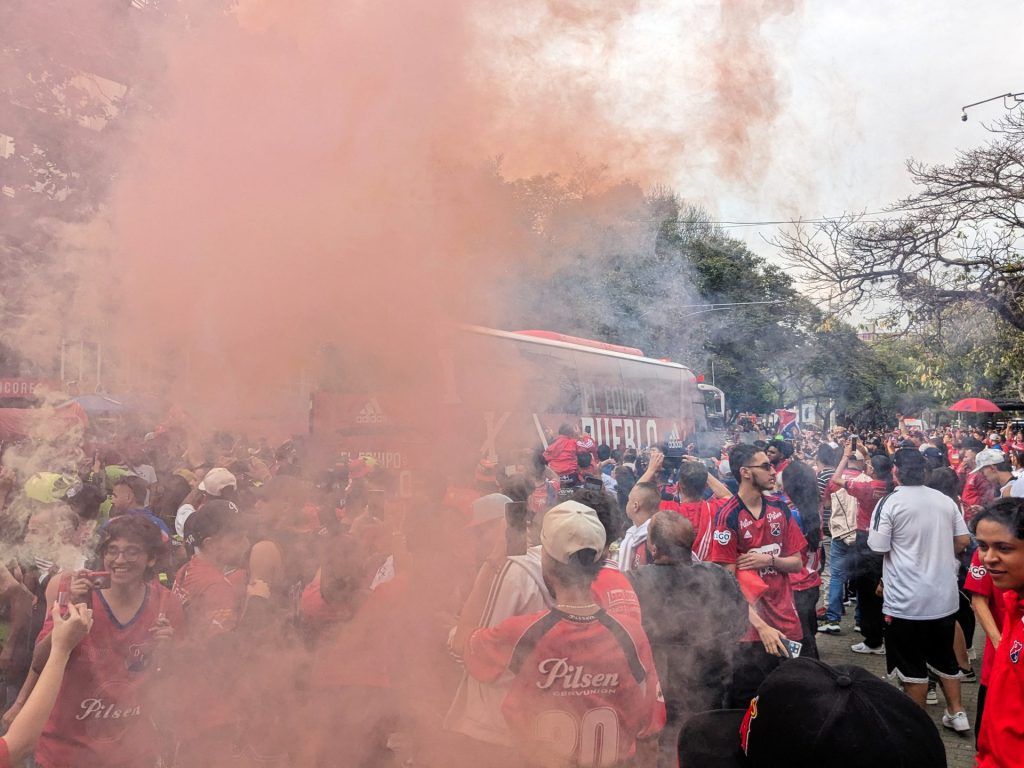
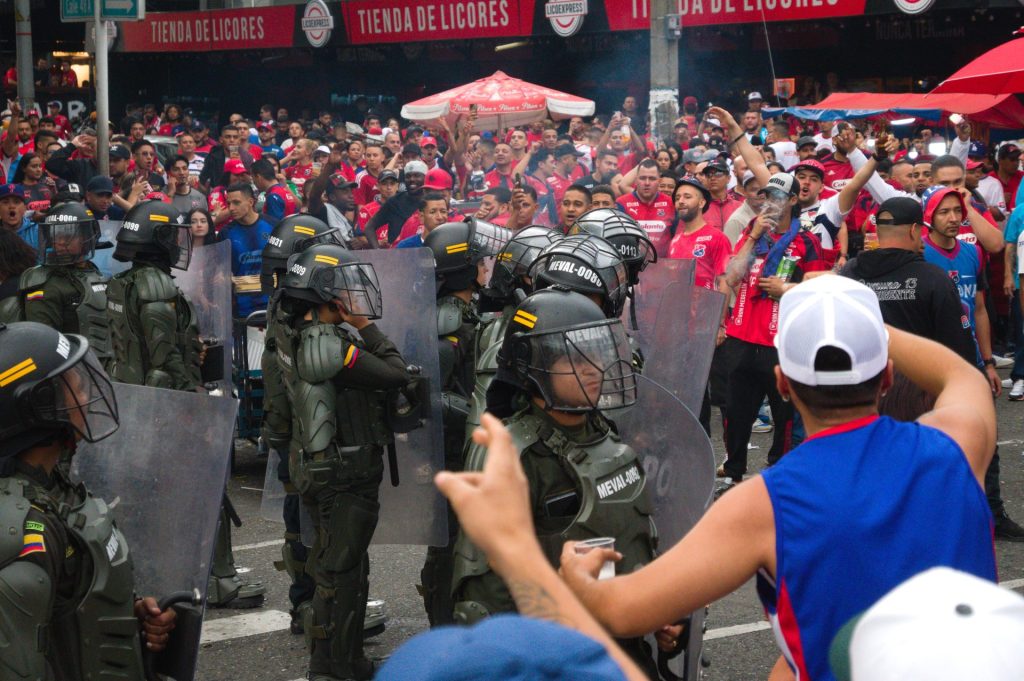
As I take my camera out, it quickly draws attention. As soon as people see it, they’re calling me across to take their photo. Colombians, as I learned in Bogotà, simply love to pose for the camera. People smile and shout and thank me for taking a picture they can’t even see, and I’m given shots of Aguardiente for my troubles.
It’s all pretty friendly. Unlike the Cali derby match, away fans are allowed and they’re mixing happily before the game. The only trouble comes from a small flare up with the police. I don’t see what causes it, but some drinks are thrown and I, and others, quickly run to the side of the road as the police charge forward. Nothing comes of it, but a crowd quickly forms around the police, with people chanting at them. Some shout in their faces, pushing against their riot shields, but again, it burns out relatively timidly into nothing.
With about an hour until kick off, I make my way inside the ground. The north stand, home of Independiente’s hinchada, the Rexixtenxia Norte, is already a sea of banners, probably more than I have ever seen at any ground.
The Rexixtenxia (they replace Ss and Cs with Xs) are warming up. Flags wave, a band plays, some kind of giant ant banner moves across the stand. People lean out from the top tier to sing and wave. A generously sized away end is filling up too, with banners of green and white tied across the stand. The two teams share the ground, so it is familiar territory to everyone.
When the teams come out, huge smoke cannisters are set off, billowing coloured smoke high into the air. The away end, too, are afforded the same courtesy, meaning the ground is flooded not just with red and blue, but with green and white too.
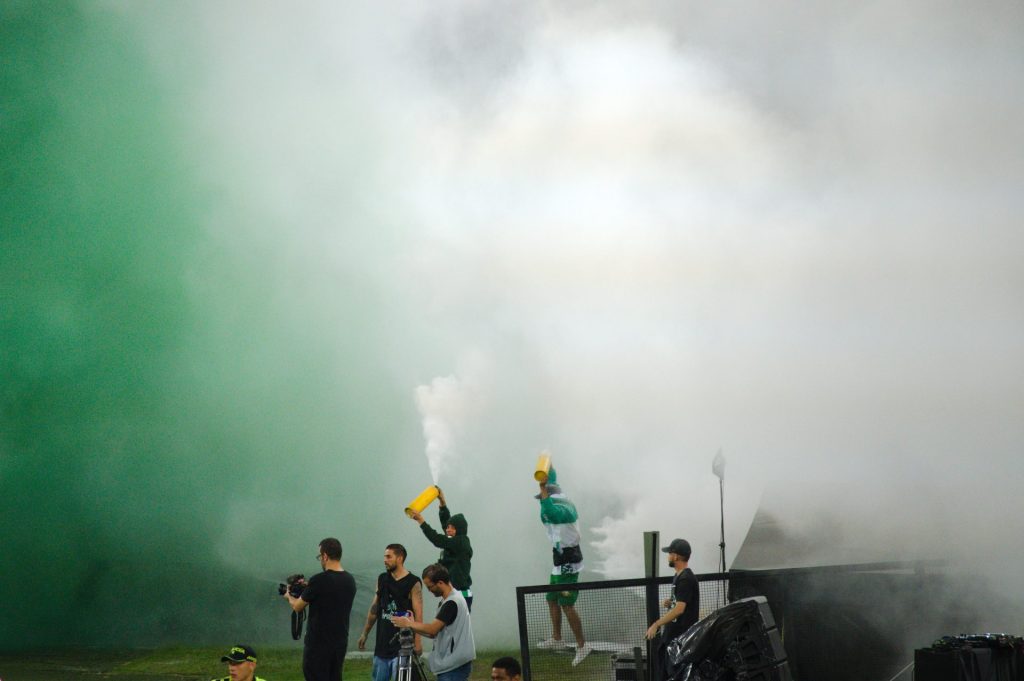
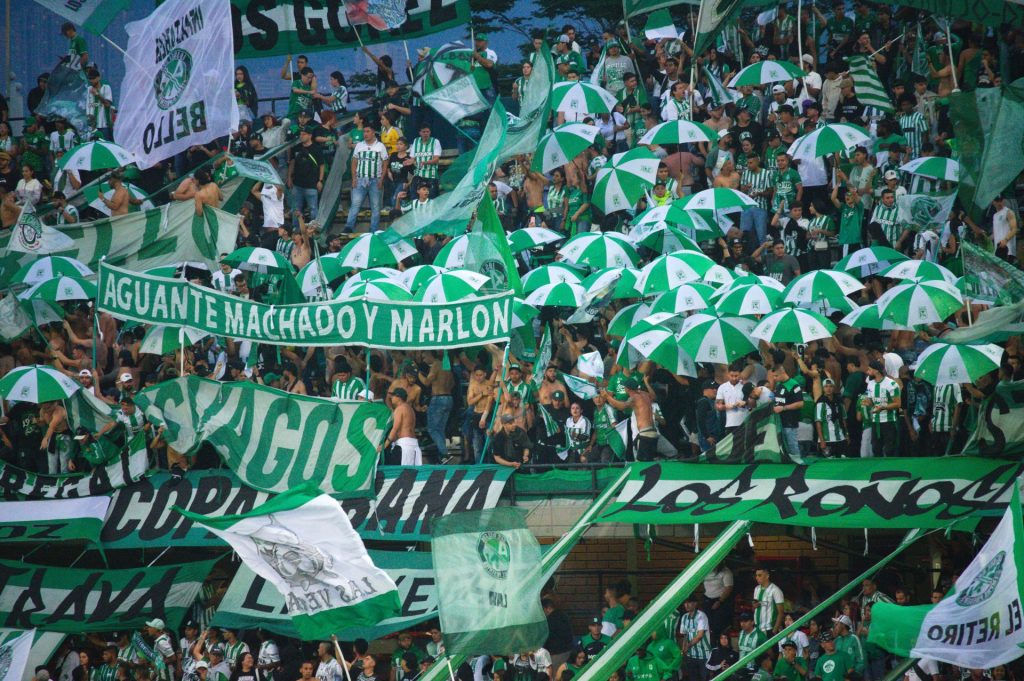
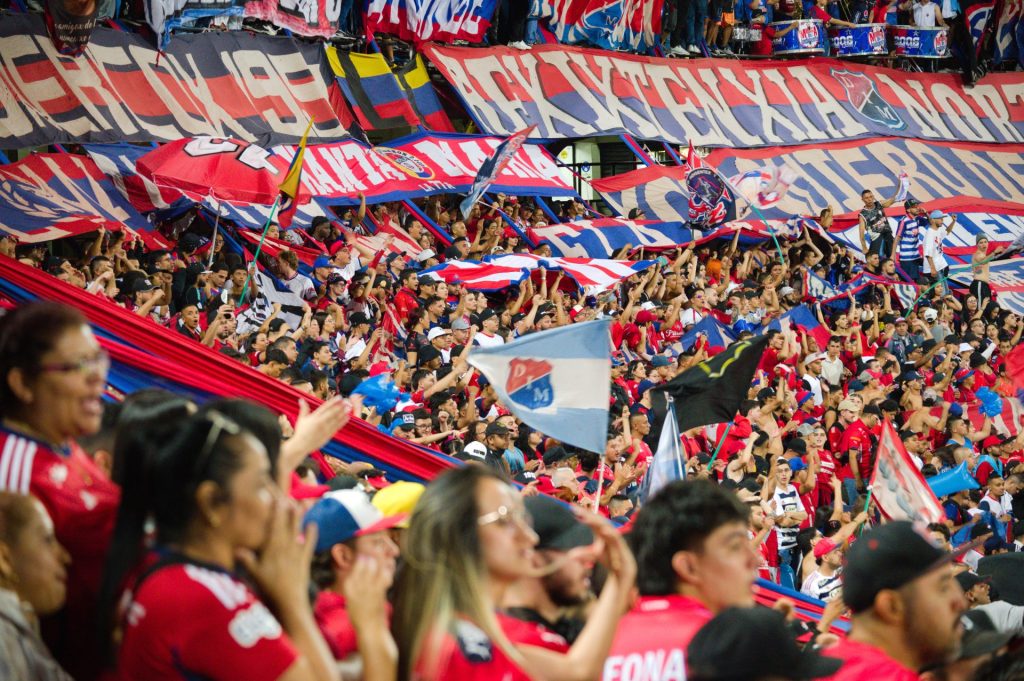
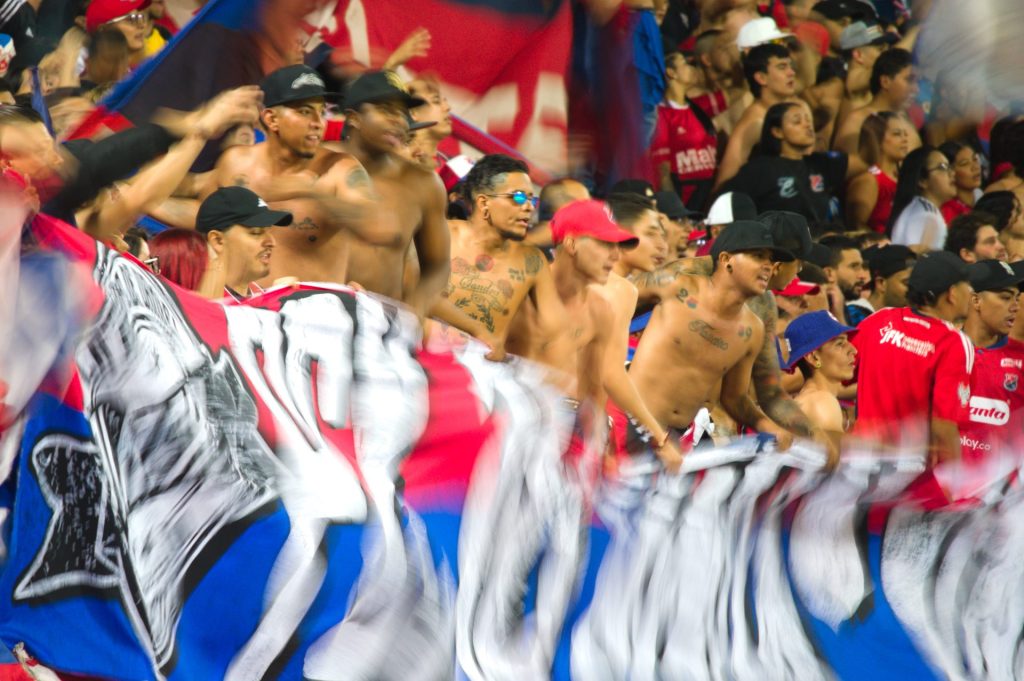
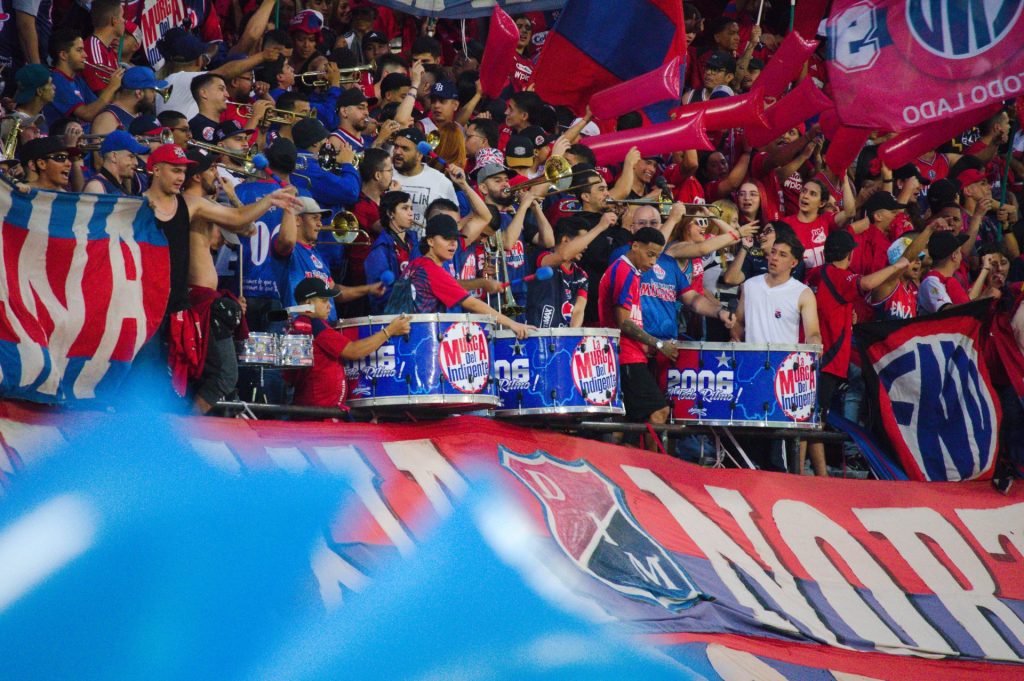
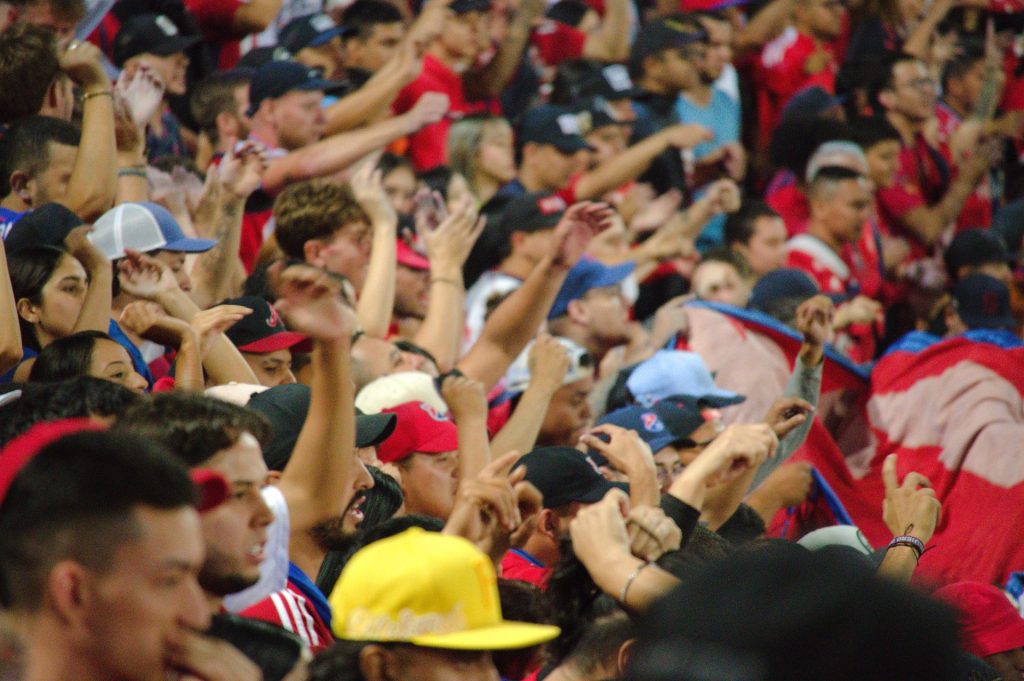

The game kicks off and almost instantly, Independiente break away and score. The home fans explode, barely able to believe their luck so early in the game. I am in the Occidental stand to the west of the ground, and the few away fans in there sit in stunned silence.
The standard of football is decent, fast paced and skilful, and the lead does not last long. In the 30th minute, Atlético equalise and, just before half time, they take the lead. A lady in an Atlético shirt, whose boyfriend is in Independiente colours, turns to some of the fans behind with her finger on her lips. She can largely get away with it, presumably because she’s a woman, but one man can’t control himself. He shouts down. My Spanish isn’t great, but whatever he says includes the word ‘puta’ a couple of times.
Her boyfriend doesn’t take well to it and turns round to see who said it. He vents, while pointing an accusing finger at each of us sitting behind. He doesn’t seem too interested in me, a pretty obvious gringo, but he clearly said something strong because when he disappears to the concourse at half time, the man next to me gets up and follows him with a look of determination, ignoring his girlfriend pleadingly trying to pull him back. I don’t follow to see what happens, but both return later with no signs of blood, so it seems like another confrontation that fizzled out into nothing, like a stray firework bouncing off an overhead cable.
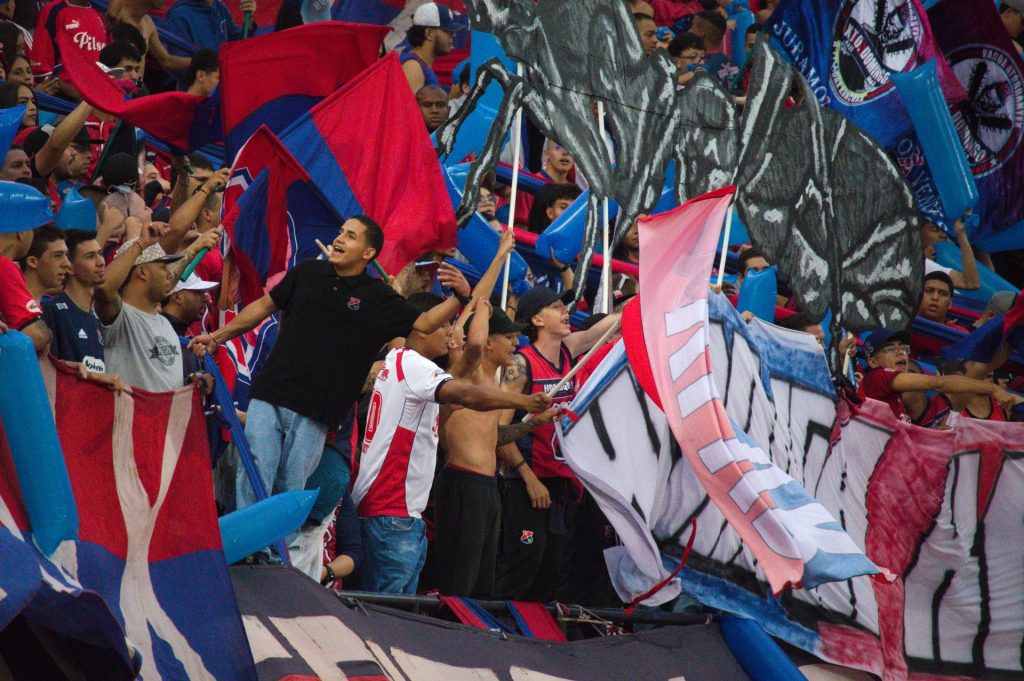
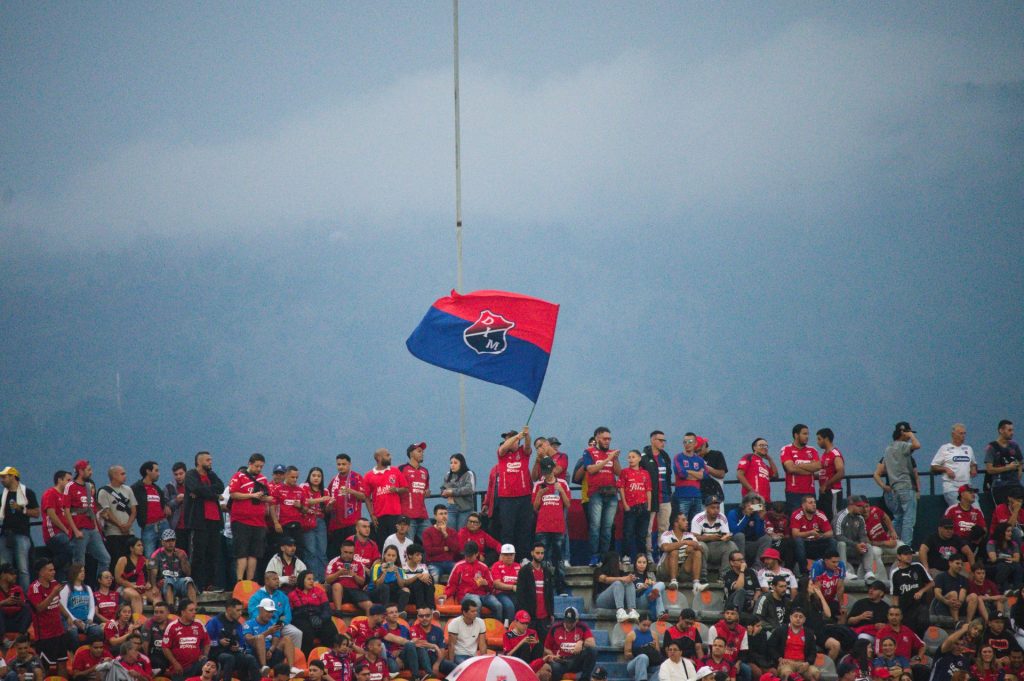
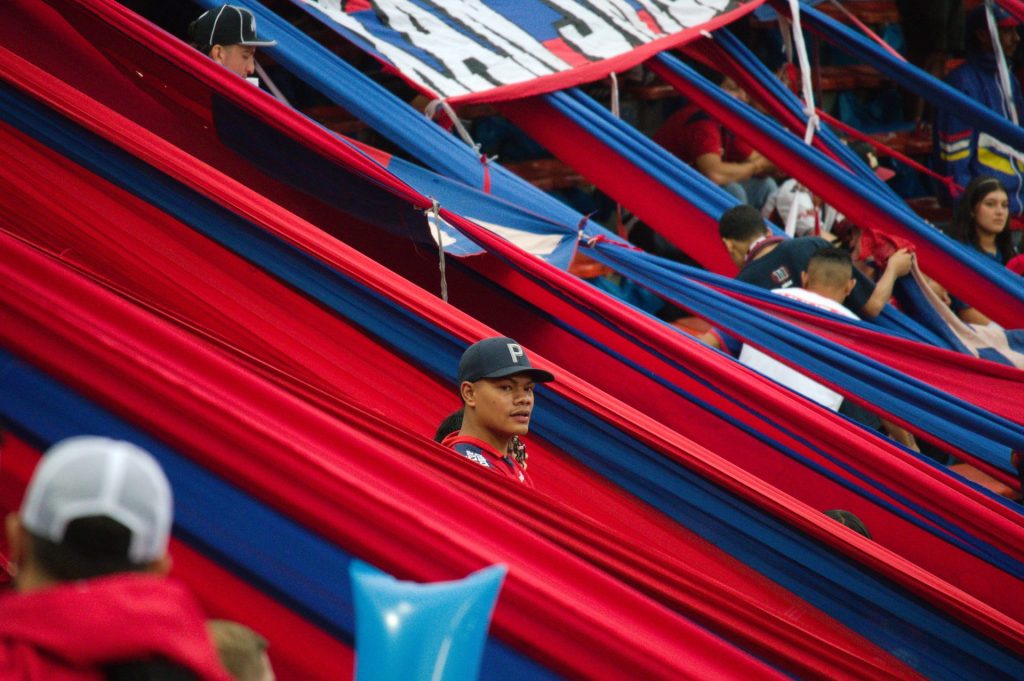
The noise doesn’t stop throughout the second half, and after 75 minutes Independiente equalise. There is joy and relief all around. People jump and hug each other, screaming in one another’s faces. It’s the last goal of the game as the derby plays out into a 2-2 draw, a result which seems largely fair.
Despite a couple of minor flashpoints, it’s been an easy-going, fun experience, free of the menace found at the Cali derby. The thought of walking around with my camera in my hand in many parts of South America just seems impossible, but Medellín has come a long way. This is a derby that anyone should feel comfortable going to, where you’ll find an atmosphere that can match any other.
Follow Hugo’s work on his Who We Are Football Blog page.
-
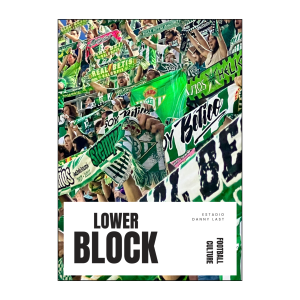 Estadio | Danny Last£8.50
Estadio | Danny Last£8.50 -
 Ô Ville Lumière£20.00
Ô Ville Lumière£20.00 -
 Colombia Fiesta, Italia 90£100.00 – £150.00
Colombia Fiesta, Italia 90£100.00 – £150.00
Don’t miss out on Lower Block’s latest news and features. Subscribe to our newsletter below and give us a follow on Instagram, Facebook and X.
You may also like…







